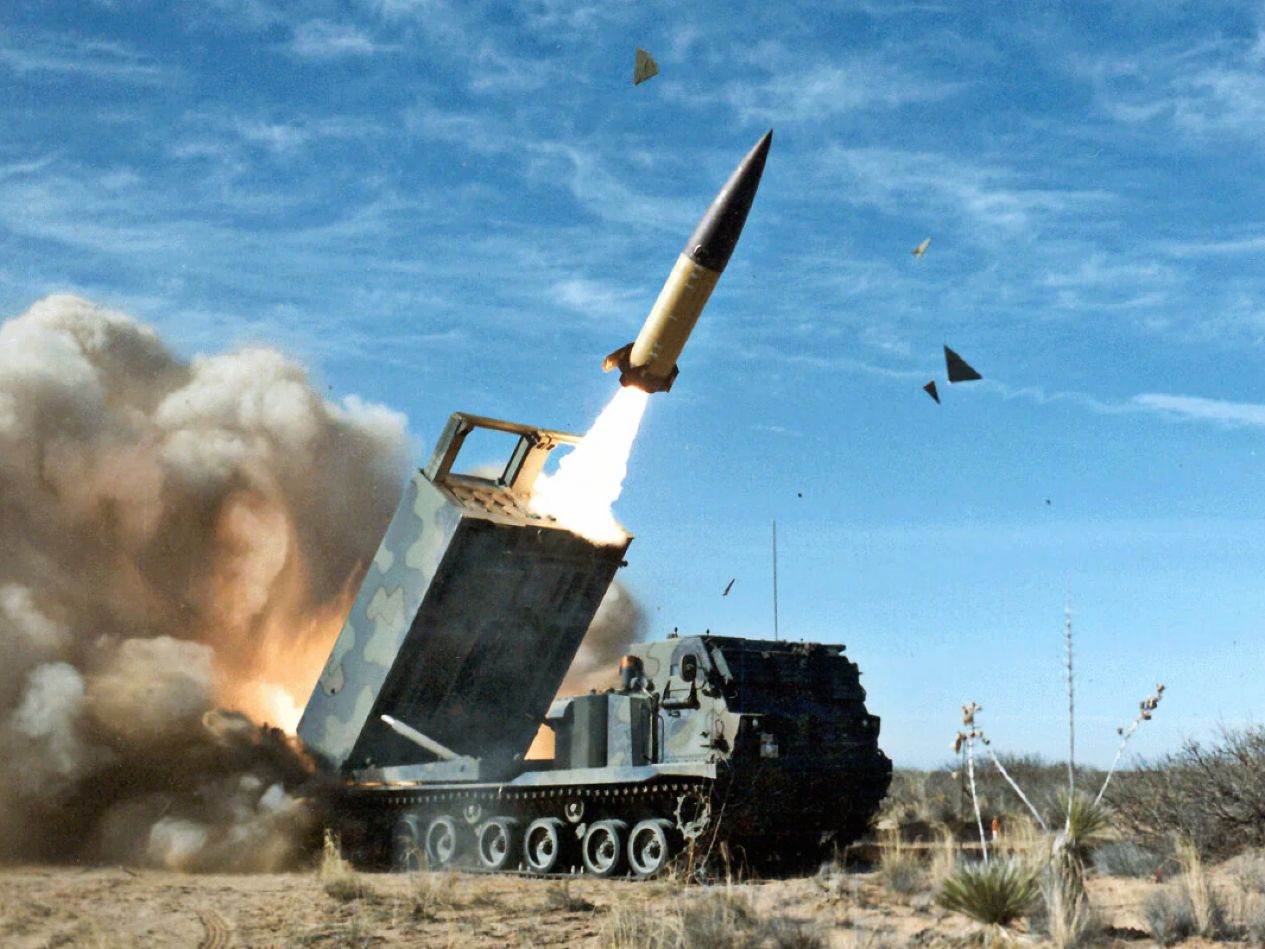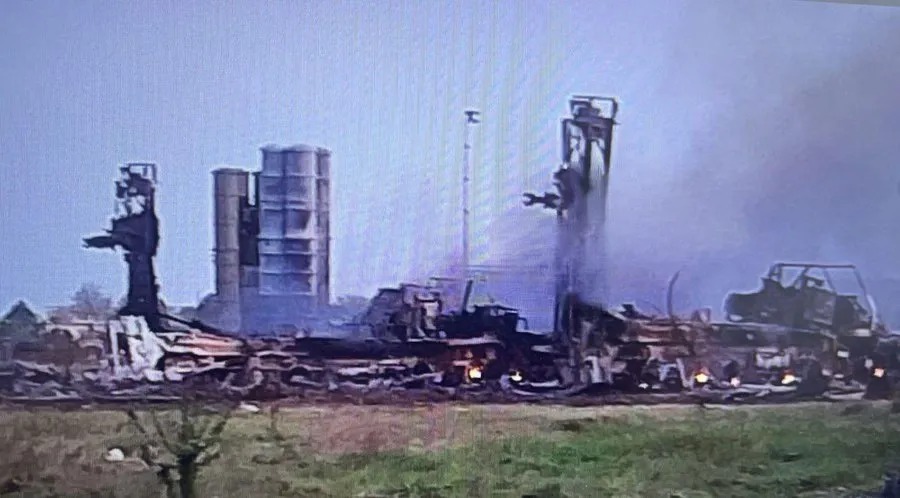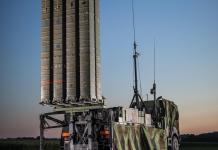OPED By Air Marshal Anil Chopra (Retired)
Ukraine claimed to have hit Russian S-400 and S-300 systems in Crimea in an overnight strike on June 10. The statement came after a series of explosions were reported in the peninsula at night.
One S-400 air-defense missile unit was reportedly hit near Dzhankoi, and two more S-300 anti-aircraft missile units were attacked near Chornomorske and Yevpatoria. Russia’s S-400 Triumf air defense system, which is globally recognized for its unmatched capability, has an estimated price tag of around $1.2 billion.
On 15 October 2016, during the BRICS Summit, India and Russia signed an Inter-governmental Agreement (IGA) for the supply of five S-400 regiments to India. The US$5.43 billion deal (₹40,000 crore) was formally signed on 5 October 2018, ignoring the threat of US sanctions.
Commencing 2020, Russia was supposed to deliver the five squadrons by early 2024, but the supplies suffered delays due to the ongoing Russia-Ukraine war and payment complexities. Three systems have been delivered and have been operationally deployed by the Indian Air Force (IAF), covering the threat from across the two borders. Russia will now deliver the remaining two S-400 air defense systems to India by August 2026.
Russia, China, Turkey, and Belarus already operate the S-400, and many more have shown interest. Even the American security establishment has acknowledged the effectiveness and lethality of this very potent air defense system. Any loss of the system in combat conditions requires a revisit to check operational effectiveness and defense capability.
Ukrainian Attack Against S-400
Four S-400 launchers were destroyed in mid-April along with other equipment in an attack on a Russian military airfield in Crimea, Ukraine’s military intelligence (HUR) reported.
Ukraine reportedly also struck and significantly damaged a ferry crossing in Kerch with U.S.-provided long-range ATACMS missiles overnight on May 30. Moscow actively uses the ferry crossing to supply Russian troops in Crimea. The peninsula and ferries are defended by Russian Pantsir, Tor, and S-400 Triumph air defense systems.
Ukrainian strikes destroyed MiG-31 and Su-57 fighter jets, forcing Russia to recalibrate its strategy. Ukrainian drone strikes have also hit targets, even in Moscow. Clearly, Russia has not been able to defend a few important operational assets.
MGM-140 ATACMS
The Lockheed Martin MGM-140 Army Tactical Missile System (ATACMS) is an American tactical ballistic missile that has been in service since 1991 and was recently supplied to Ukraine.
This 1,670 kg weapon, solid propellant, Mach 3 missile has a range of 300 kilometers, and a launch system costs nearly $1.4 million. It uses GPS-aided inertial navigation guidance. The precision attack missiles can be fired from the tracked M270 Multiple Launch Rocket System (MLRS) and the wheeled M142 High Mobility Artillery Rocket System (HIMARS).
In October 2023, a year and eight months after the Russian invasion, the United States delivered ATACMS to Ukraine. The use of these missiles threatened the entire Russian land corridor in southern Ukraine.
It further placed within reach the vast majority of the airbases operated by Russia inside Ukraine (north of Crimea) and complicated Russia’s use of attack helicopters against Ukrainian targets. On 17 April 2024, six explosions were reported at the Dzhankoi airbase in Crimea. Some of these missiles deployed cluster munitions.
On April 20, 2024, the U.S. House of Representatives approved an additional $61 billion in foreign aid to Ukraine, which included the delivery of the longer-range version (300 km) of ATACMS. Shorter range variants have a 165 km range.
In June 2020, the US Army tested a new multi-mode seeker—an upgrade for the Precision Strike Missile. The missile will enter service in 2024. Current operators of the ATACMS variants are the USA, Bahrain, Greece, South Korea, Romania, Poland, Turkey, Qatar, United Arab Emirates, and Ukraine.

S-400 Triumf Air Defence System
The S-400 Missile System is a Russian mobile long-range surface-to-air/anti-ballistic missile system that entered service in August 2007. Its missiles and battery cost around $1.2 billion.
It has four radars and four missiles that cover a range of 40 to 400 kilometers, thus covering a huge AD bubble. The system is the successor to the S-300, and the next version is the S-500. The S-400 Triumf and Pantsir missile systems can be integrated into a two-layer defense system.
The S-400 administrative complex can coordinate eight battalions. The mobile command and control center has a panoramic radar detection system with a 340 km range and is well protected against jamming.
Eight battalions of surface-to-air missile (SAM) combat systems parked up to 40 kilometers apart are fully integrated and can track targets independently. A single system can manage 72 launchers, with a maximum of 384 missiles. The battalion’s multi-functional radar can track 20 targets. A transporter-erector-launcher on a trailer can have 12 launchers.
The kill zone for a ballistic missile target (RCS < 0.4 square meters) is 200 km. For a target with an RCS of 4 square meters, it is 340 km.
It is 400 kilometers for a strategic bomber-sized target. Due to their low-altitude flight paths, the S-400 can intercept cruise missiles at a range of about 40 km. The missiles use semi-active or active radar homing.
A full unit can engage 36 targets simultaneously, and two missiles can engage a single target. The reaction time in case of target detection on the move is 5 minutes to launch. The service life is 20 years, and the time between major overhauls is 10,000 hours.

S-400s have protected Moscow since 2007. The Baltic Fleet in Kaliningrad received S-400 SAM systems in 2012. Russia’s Northern Fleet’s Coastal Forces had deployed S-400s. Six S-400 units had been activated for the air defense of Russia’s Novosibirsk Oblast in South-East Russia. 56 battalions were operational by 2020. In November 2015, S-400s were deployed to Syria at the Khmeimim Air Base, and later, a second S-400 unit was activated near Masyaf.
In late December 2021, the Israeli Air Force flew military jets, including F-35I, over areas protected by S-400 and Pantsir SAM in Syria and bombed Iran-backed Hezbollah militia based in Latakia. But both sides chose not to attack each other due to a mutual understanding.
Ukraine has claimed targeting Russian S-400 units since mid-2023. Finally, in April-June 2024, Ukraine launched ATACMS missiles and HIMARS rockets at a Russian military airfield in Crimea and Belgorod and destroyed a few S-400 launchers, a variety of radars, and a Fundament-M air surveillance system.

Russia has 57 batteries/battalions comprising 456 Transporter erector launchers deployed with at least 25 regiments. 28 Battalions are in the Western Sector facing Ukraine and NATO.
S-400s are deployed in Belarus. Algeria has had them since 2012. China has six systems starting in 2018. As of 2020, Turkey had 4 batteries consisting of 36 fire units and 192 missiles. Turkey has tested the S-400 against drones and F-16 fighter jets at low altitudes and reportedly had some observations.
India received the first of the five units ordered in December 2021. The third squadron was formed in February 2023. Others who have shown interest include Iran, Egypt, Iraq, and Qatar. Deals have still to fructify.
S-400 Operational Engagements
The S-400 is projected to be one of the best AD systems in the world. China bought the S-400 to take on the US threat in the Indo-Pacific and to cover its intended Taiwan invasion.
They have all been closely watching the Ukraine war and the capability of the system to defend itself and other prospective targets. For a long time, even the US has been praising the S-400 system.
In fact, they decided not to sell the F-35 to Turkey because they had acquired the S-400 system, which has the means to record crucial aircraft electronic and other parameters. With a successful ATACMS attack in which it destroyed elements of the S-400 system, more analysis is required.
The S-400 was attacked in Mospyne in the Donetsk region, which lies less than 50 kilometers from the frontline. Some reports suggest that the S-400 system was deployed in the area just a day before the attack. Videos indicate that the S-400s did try to engage the attacking missiles.
The S-400’s main long-range detection radar, the 92N6 (Grave Stone) radar, was struck. Destroying Russian AD Systems is important to carry out more surface attacks and to provide greater freedom of operations for inducting F-16s and other fighter aircraft.
Ukraine has used the ATACMS with cluster warheads that can cover the area with munitions. If radar elements are hit, it can literally disable the whole system. If they hit missiles, then they can explode and cause further damage.
S-400 Operational Dynamics & Implications For India
Any air defense system, including the famous Israeli Iron Dome, has operational dynamics and limitations when it comes to defense against low RCS ballistic or cruise missiles, rockets, or drones.
While they have been designed to defend high-value targets, they themselves will be targeted first as part of the enemy’s Suppression of Enemy’s Air Defences (SEAD). Any AD system has its own vulnerabilities.
Despite being mobile, the S-400 requires around 5 minutes to launch a missile after detection when it has to stop. Modern satellite-based and airborne ISR platforms and ELINT systems can track location. S-400 is a large system, albeit well spread out, it will be difficult to hide. Also, many times the batteries are used at static locations.
The radar antennas, command post vehicles, and missiles on launchers are quite vulnerable to rocket, missile, or large drone swarm attacks. While the S-400 has redundancies, some damage will occur, and its effectiveness will be reduced. The level of degradation of the S-400 in the recent attacks is still not known.
Often, the media backing each side tries to overplay the effects. Weapon systems manufacturers also have media on their payrolls. A platform’s success in operations gives it great advertisement mileage and, in turn, sales. Even the success of AD’s response to the Houthi and Iranian attacks on Israel was overplayed a little.
When India or China bought the S-400, it was based on known technical parameters and system tests under trial conditions. Actual combat has many variables, and trials cannot create all of these, however realistic they may be. This was the best and most comprehensible system available for the price. The fact that the US had put sanctions on the purchase of the system also confirmed its capability.
Notwithstanding the above, no knee-jerk actions are required. We should not fall into the social media and information warfare trap. Some of it may be to keep Ukrainian morale up. India and China will have a close look at the system vulnerabilities and capabilities.
Russia may also offer upgrades. India would have to exploit the system’s mobility, well-spread-out layout, and redundancies. The systems would have to be camouflaged well. The full system will not be destroyed; at best, there will be some degradation.
India acquired the systems to defend against attacks from China and Pakistan. Both will certainly target it using missile and rocket attacks, as well as drones.
India would do the same to their AD systems. We must remember that the S-400 will be a great deterrent for adversaries AEW&C, FRA, and fighters to come closer. That itself will be a significant bang for the buck. Wait and watch, and get facts first is the correct approach.
- Air Marshal Anil Chopra (Retired) is an Indian Air Force veteran fighter test pilot and is currently the Director-General of the Center for Air Power Studies in New Delhi. He has been decorated with gallantry and distinguished service medals while serving in the IAF for 40 years. He tweets @Chopsyturvey
- Follow EurAsian Times on Google News




